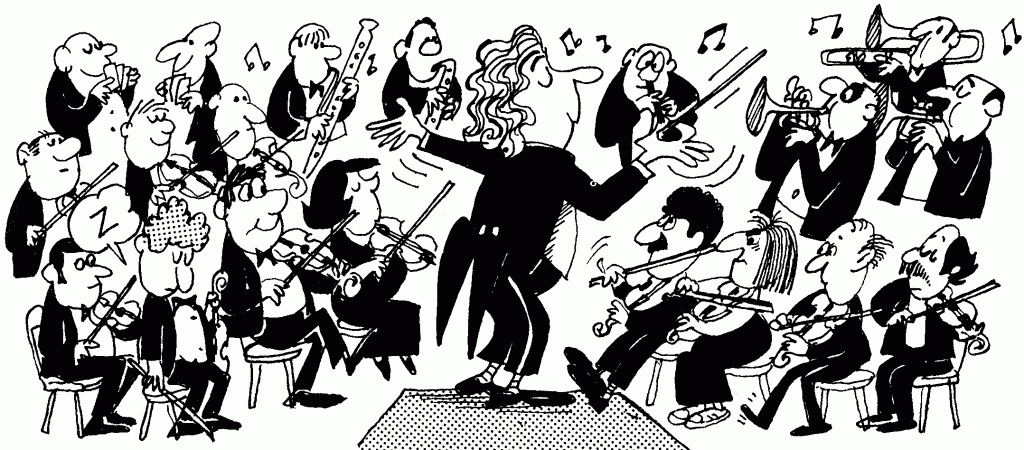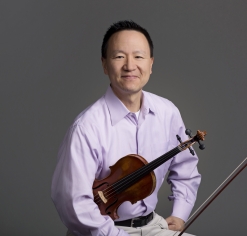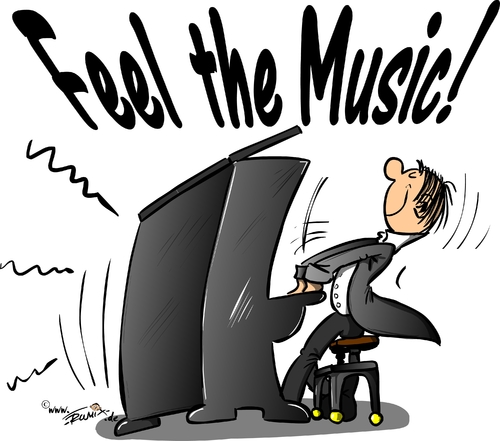I’ve been around music my whole life. I’ve rubbed shoulders with symphony players, jazz artists, and just about everyone in between.
 I’ve also had some great teachers. One of my piano teachers graduated from Manhattan School of Music. My trumpet teacher in high school was a regular member of the New Jersey Symphony.
I’ve also had some great teachers. One of my piano teachers graduated from Manhattan School of Music. My trumpet teacher in high school was a regular member of the New Jersey Symphony.
I also had a trumpet instructor in college who played with the Chicago Symphony and Lyric Opera. I won’t bore you with any more details. I think you get the idea.
Although each of these musicians had their unique style of playing within a certain genre, all of them had one important thing in common.
They knew how to practice.
Did you know that there is a right way and a wrong way to practice? People who rise up to a high caliber of musicianship do so in part because they know how to learn a piece of music in a way that will prepare them to perform it with boldness and near perfection.
Here are some of the main ingredients that go into making your practicing productive.
1. Practice the music slowly.
It’s so easy to rush through your practice time. Let’s face it! Most of us are busy and we have a lot of other important things to do. Why is it so important to practice slowly? Slowing a piece down opens up the door of our mind to discover subtleties in the music that often are the key to mastering a phrase or section.
 David Kim, the concertmaster of the Philadelphia Orchestra was recently asked by The BulletProof Musician to share one of the keys to his success.
David Kim, the concertmaster of the Philadelphia Orchestra was recently asked by The BulletProof Musician to share one of the keys to his success.
His answer? “The process of practicing in slow motion – while being fully mindful, highly engaged, and thinking deeply in real-time about what I am doing.” There are just some things that can only be learned by going into slow motion.
2. Isolate the measures that are difficult for you.
While this sounds pretty obvious, you would be surprised how many people avoid the challenging sections of the music. Why? Because it’s not fun practicing those parts you can’t play as of yet. Who wants to sit around and hear themselves massacre a group of notes?
Unfortunately, many of us spend much of our time playing the parts we can play well. It makes us feel accomplished! I often use the metaphor of a car when teaching this principle to my students.
Ignoring the difficult sections is sort of like waxing a car that is full of dents and just wiping around the dents. I tell my students to take time to pound out the dents while you are practicing. Otherwise, they will never have a nice shiny car no matter how much wax they use!
3. Break the piece into sections.
Many musicians are overachievers like I am. Those of us who like to do more than we are asked to do often try to cram as much in as we can. While this might work for reorganizing your closet, it doesn’t work with music. For many of the same reasons we practice a piece slowly, we need to break it into sections.
Breaking it up forces us to examine the piece with more details which ultimately helps us to play it more skillfully. Separating sections also helps us to see how the different parts of a song relate to each other and what makes one part unique from another.
4. Get help from others when you need it.
 We live in a day and age where accessing information is so easy! Not sure how to do something? Pull it up on Youtube. There’s someone in the world somewhere who had the same problem as you and fixed it.
We live in a day and age where accessing information is so easy! Not sure how to do something? Pull it up on Youtube. There’s someone in the world somewhere who had the same problem as you and fixed it.
While YouTube can be a great help, it’s important that we as musicians are connecting with people who understand how to play the correct way. We need to learn who the expert performers are in our style of music. Thankfully, many of these people have tutorials as well.
Without question, the best way to learn how to play the piano is to take private lessons. If you are interested in playing the piano or you already play and want to improve, I would love to help you. There is no need for you to ever have to leave your house. You can take online lessons with me via Skype. Give it a try! Your first lesson is free.
For more information on Reynolds Piano, visit www.reynoldspiano.com.
There are definitely more ingredients I’d love to share with you. I’ll do this in some of my upcoming posts so stay tuned and keep practicing…the right way!
